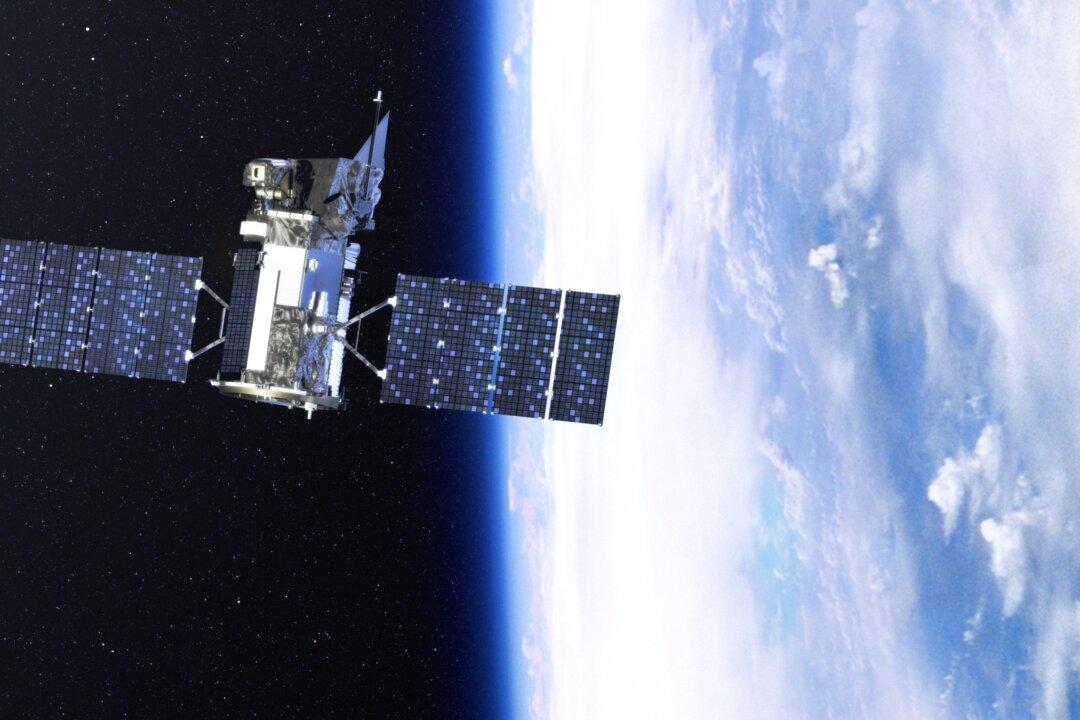China and Russia are developing missiles, lasers, and other weapons that will soon be able to damage or destroy U.S. satellites in low-earth orbit, according to the Pentagon’s Joint Staff report.
The report was prepared by the Joint Staff intelligence directorate and officials familiar with it have conveyed some points to The Washington Free Beacon.





